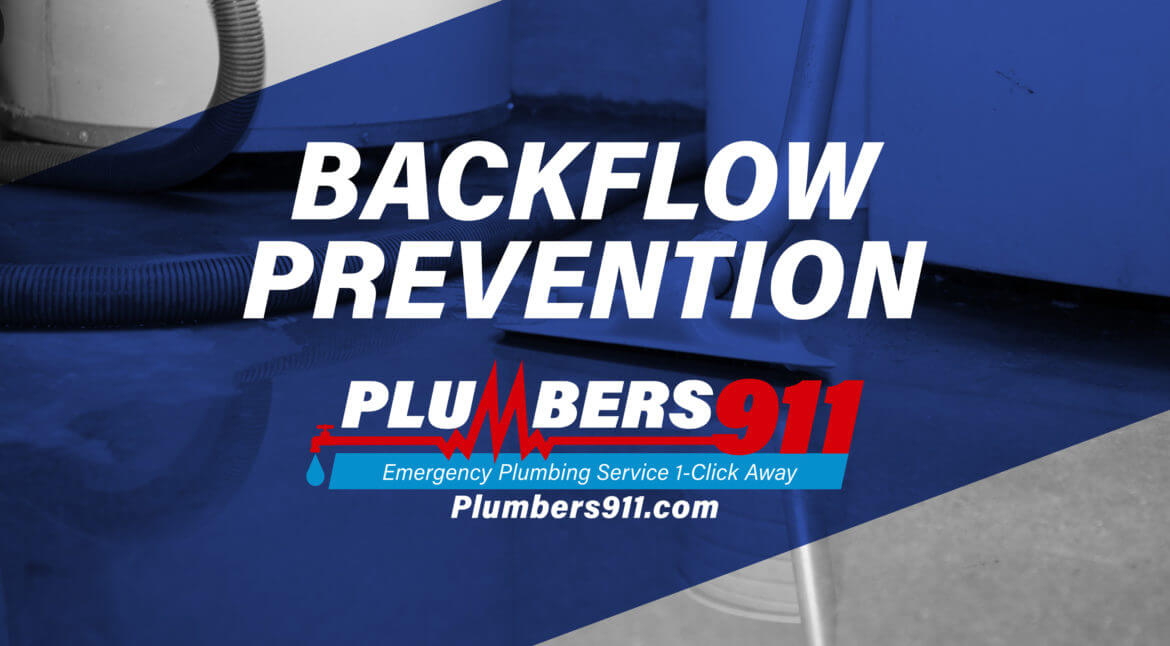Improper backflow prevention measures may lead to you, your family or customers being at risk due to contamination of potable water sources.
Think of all of the reasons you rely on clean, potable water: Washing dishes, taking a shower, flushing the toilet and more. Proper backflow prevention will keep your water source safe when contaminated water infiltrates the drinking system.
What is backflow?
In layman’s terms, backflow occurs when water pressure drops and water is pulled into your plumbing system from an unprotected cross connection in your home or business.
Common examples of cross connections include lawn irrigation, fire sprinkler systems and garden hoses submerged in water.
The water from an unprotected source can flow in the opposite direction and potentially contaminate your water source, rendering it useless and at-risk of harming customers or loved ones.
Backflow can also occur when water inudates the sanitary sewer, causing raw sewage and other contaminated water to backup into your home or business.
How can you implement backflow prevention?
The best way to prevent backflow is to have a backflow prevention device installed.
The highly trained and highly skilled plumbing professionals referred by Plumbers 911 are able to install effective backflow prevention devices to keep your water clean and usable.
To be sure that your backflow prevention device is functional and effective, it should be inspected and tested annually. Businesses may be subject to fines if testing is not done on time.
By calling Plumbers 911, we can refer you to a quality, local plumber who can perform and backflow prevention services and tests.
Learn more about backflow prevention and how you can contact Plumbers 911 for backflow prevention services, here.


